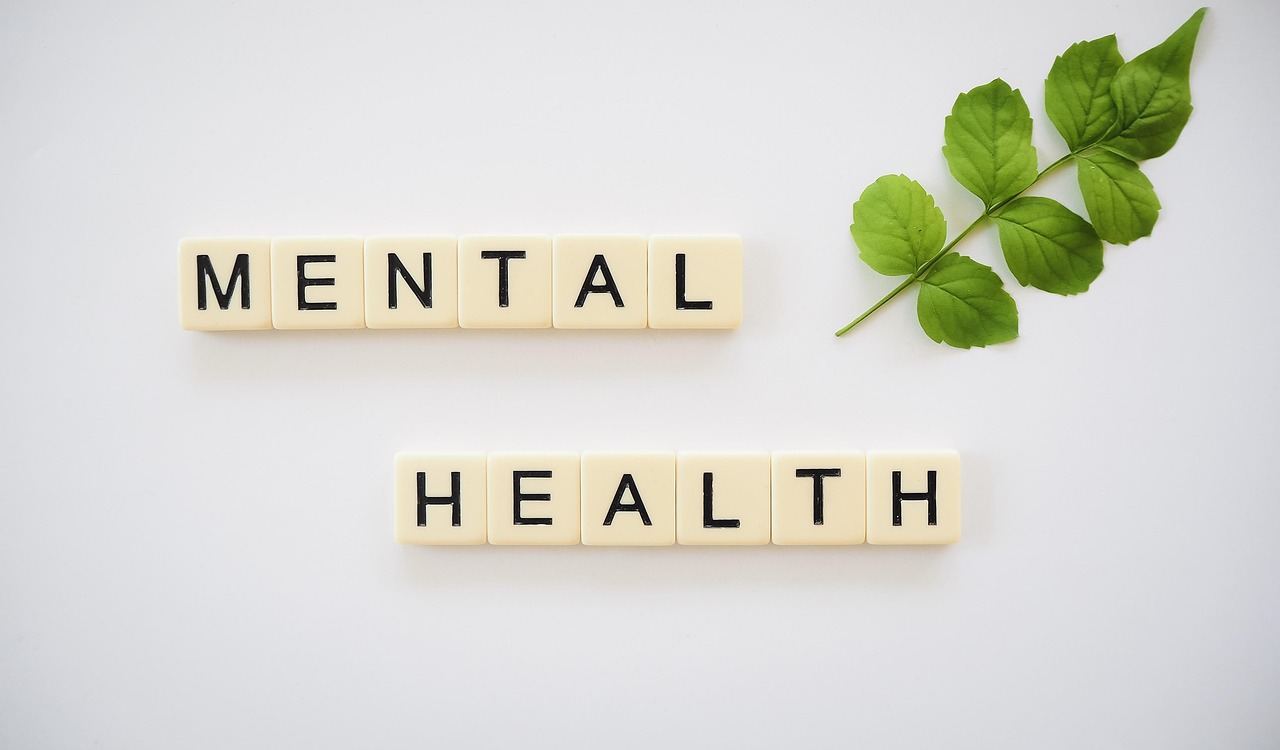
The Invisible Chalk: Why Everyone in School Needs to See Mental Health Clearly
Imagine walking into a classroom where the chalkboard is blank, but someone keeps writing on it with invisible chalk.
The teacher speaks, the students respond, the parents check in, and the caregivers nod… yet something important is written on that board that no one notices.
That something? Mental health!
It’s there—in the tired eyes of a student trying to smile. In the deep sigh of a teacher holding in tears. In the worried glance of a parent who doesn’t know what’s wrong. In the silence of a caregiver who sees more than they can say.
Mental health isn’t always loud. It doesn’t always cry for help in ways we recognize. But it is real and it’s part of the school system, whether we talk about it or not.
So, how do we make the invisible chalk visible? We start by creating awareness.
- For Teachers: The Emotional Architects
Teachers build more than lesson plans—they build minds, self-esteem, and sometimes even hope.
But who checks on the builders?
Many teachers carry emotional loads too heavy to mention. The pressure to perform, manage students, meet targets, and still smile through it all can be draining. Schools must prioritize teacher wellness, offer safe spaces to speak, access to mental health resources, and regular wellness check-ins. Because when the teacher is mentally healthy, the entire class feels the difference.
- For Students: The Quiet Fighters
Some students walk into school every day like warriors in invisible armor. They may be facing anxiety, learning challenges, bullying, or home troubles—yet they sit quietly, trying to blend in. Awareness means teaching students it’s okay to not be okay. It means giving them tools: emotional check-ins, safe spaces to talk, therapy clubs, mental health breaks, mindfulness moments—even simple journaling or breathing exercises.
Let’s normalize asking: “How are you really doing today?”
- For Parents and Guardians: The First Support System.
Home is where mental health awareness must begin. Parents and caregivers often focus on grades and achievements, forgetting the emotional temperature of their child. Schools can bridge this by organizing mental health workshops, open conversations, and counseling sessions that involve parents, too.
Let’s help parents understand: A happy child will learn better than a pressured one.
- For School Leaders and Administrators: The System Shapers
Policy shapes practice. Leadership must lead the way by embedding mental health into the school culture, not just as a once-a-year awareness event, but as part of everyday learning. Let there be trained counselors, wellness corners, peer support systems, and teacher training on mental health.
Because creating awareness isn’t a campaign—it’s a commitment.
- For Caregivers and Support Staff: The Often-Forgotten Eyes
The bus driver, the nanny, the lunch lady, the janitor—they see things others don’t. They might notice the child who suddenly stopped eating, or the one who cries quietly in the corner. Let’s include caregivers in mental health conversations. Equip them with training and listening tools. They are vital to spotting signs early.
The New Curriculum: Compassion, Understanding, and Action
Imagine a school where the chalkboard is no longer blank. Where the invisible messages are read, understood, and acted upon. Where everyone—teachers, students, parents, caregivers—feels seen and supported.
Mental health is not just a topic. It’s part of every heartbeat in the education system. When we raise awareness, we rewrite the story of schooling—one where success is not just measured by grades, but by joy, peace, and well-being.
Because learning should never cost a child—or anyone—their mental health.

